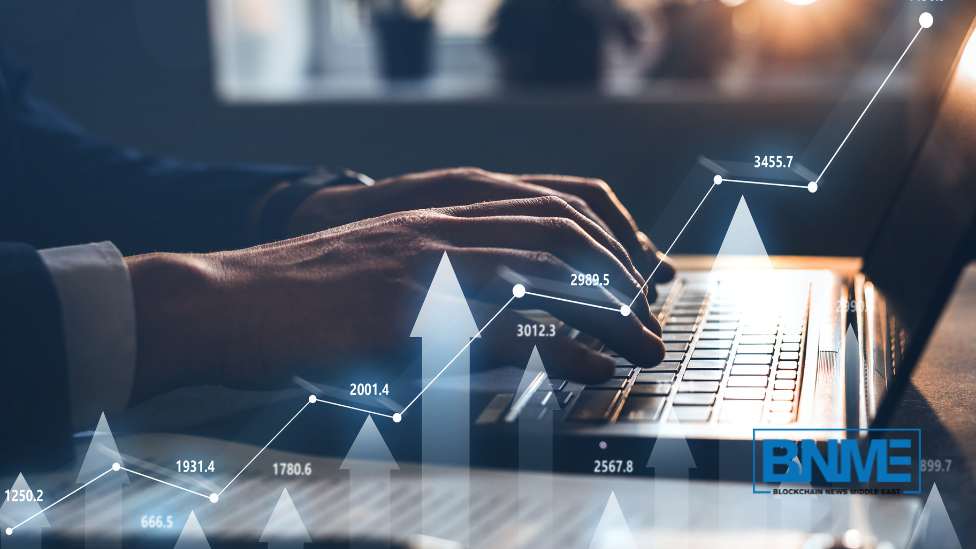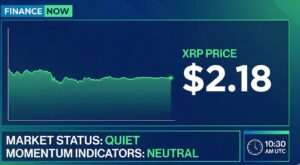Since blockchain technology came into the mainstream, we have seen many industries adopt the technology to solve problems and make processes easier. The technology has completely transformed businesses, especially those that stand to benefit from increased security, reduced transaction costs, and transparency. The trade finance industry is one of many that could significantly benefit from the use of this technology.
Trade Finance
Trade finance involves a lot of paperwork and the sharing of papers between a lot of different parties, such as banks, insurance firms, importers, exporters, transportation and logistics businesses, and government agencies. Blockchain is an excellent technology that could improve and promote the industry’s efficiency, transparency, and security. This over $5.2 trillion industry feature has impeccable features, which include the ability to connect multiple parties in a decentralized network and provide a permanent, tamper-proof, and distributed digital transaction record.
Trade finance covers different aspects of business and trade, both domestically and internationally. In trade finance, banks usually act as middlemen to streamline these exchanges. The goals of trade finance are risk reduction, loan issuance, and active exporter and importer engagement in international commerce. Despite being an essential part of the global financial system, the procedures often include written paperwork and antiquated manual operations.
Use of Blockchain in Trade Finance
Transaction Simplification
Trade finance activities depend on laborious manual procedures and paperwork, which often include invoices, credit letters, and other papers. Blockchain offers a chance to simplify and expedite the complex world of trade finance, which might save billions of dollars a year for importers, exporters, and their financiers. Exporters and importers may set rules requiring automated payments using smart contracts and cryptocurrencies, providing a more effective and economical method of trade financing.
Logistics
Like many other businesses, the trade finance sector has long struggled with logistical issues caused by antiquated and ineffective manual documentation procedures. For payment assurance, it is still common practice to use a tangible letter of credit that one party’s bank sends to the other.
Companies can verify the nation of origin, goods, transaction data, and any other paperwork using blockchain technology, which offers a safe and digital method. This improvement contributes to a high degree of confidence in the pipeline by promoting better openness about goods that are in transit, giving importers and exporters a stronger feeling of security.
Database
Each participant in traditional trade finance systems is responsible for keeping a database of documents relating to transactions. This needs to be cross-referenced regularly. Errors in one document can spread to copies in several databases. With blockchain, there would be no need for several versions of the same document to be stored.
Fraud Prevention
The possibility of fraud poses a serious danger to trade partners, especially in light of the lax control and lack of secrecy in the movement of items and information. Blockchain allows payments between importers and exporters upon the delivery or receipt of products to be tokenized. By using smart contracts, importers and exporters may set up criteria for automated payments, which removes the chance of deliveries that are lost, expire, or are reinsured.
Successful Use Cases
Trade finance has actively used blockchain technology in various contexts. A considerable number of global banks have partnered with blockchain developers for pilot projects.
Barclays
Barclays used a technology called Wave. Wave was created to allow bills of lading and other trade transaction papers, such as insurance certificates, to be securely signed and exchanged via blockchain. The bill of lading procedure, which has its origins in manual processes dating back hundreds of years, entails physically couriering receipts from the goods carrier to each party—buyer, supplier, carrier, insurance, and banks—across international boundaries in order to get the required signatures.
Barclays attempted to speed up this laborious procedure by digitizing it using blockchain technology, as it was known to take weeks to conduct international transactions. Barclays demonstrated its ability to execute transactions in a couple of hours in a 2016 trial letter of credit transaction with Seychelles Trading Company and Ornua by successfully exchanging trade papers over the Wave platform.
HSBC
HSBC made more progress in May 2018 when it released a comparable letter of credit exchange. Previous transactions were considered successful as a proof-of-concept. Nevertheless, according to HSBC, theirs was the first to have real-world business relevance.
Lender ING received the letter of credit, which was sent on behalf of US food and agribusiness company Cargill. This deal was for soybeans that were going to be sent from Argentina to Malaysia.
Final Words
Blockchain technology shows the potential to transform the trade finance sector. Some potential uses of blockchain in trade finance include fraud prevention, solving logistics issues, etc.




























